In addition to the pure visual intelligent driving without drawing, it is possible to mass-produce all-solid-state batteries. Is there really a lot to watch in 2024 GAC Technology Day?
[EV Vision Report] I remember that in last year’s Guangzhou Automobile Science and Technology Day, Guangzhou Automobile Group exhibited a number of cutting-edge scientific and technological achievements including a complete vehicle equipped with a hydrogen-electric hybrid system, the pioneering world’s first passenger car ammonia engine, highly integrated N-in-one electric drive technology, and the Guangzhou Automobile Rubik’s Cube scene co-creation platform that led the industry trend. At the same time, Guangzhou Automobile Group also ushered in the debut of Guangzhou Automobile flying car GOVE. This innovative product fully demonstrated Guangzhou Automobile Group’s in-depth understanding and active exploration of the future automobile concept.

With this year’s Guangzhou Automobile Science and Technology Day coming again, what "housekeeping skills" will Guangzhou Automobile Group show? Next, we will sort out and analyze the key exhibition contents of Guangzhou Automobile Group on this Science and Technology Day.
First of all, on this year’s Guangzhou Automobile Science and Technology Day, Guangzhou Automobile Group announced several important technological advances, including GARCIA Guangzhou Automobile’s unmanned pure vision autopilot technology, Guangzhou Automobile’s all-solid-state battery technology, and a brand-new intelligent light business architecture iGLCA. In addition, Chuanqi E9 Electric Welfare Edition was officially launched. Among them, unmanned pure vision autopilot and all-solid-state battery technology are expected to carry out vehicle trial installation in 2026.
Among them, GARCIA’s unmanned pure visual intelligent driving system is planned to be put into full production in the spring of 2026. The core of this technology is to imitate human visual perception, so that vehicles can recognize and understand the surrounding environment only through cameras without relying on sensors such as lidar.
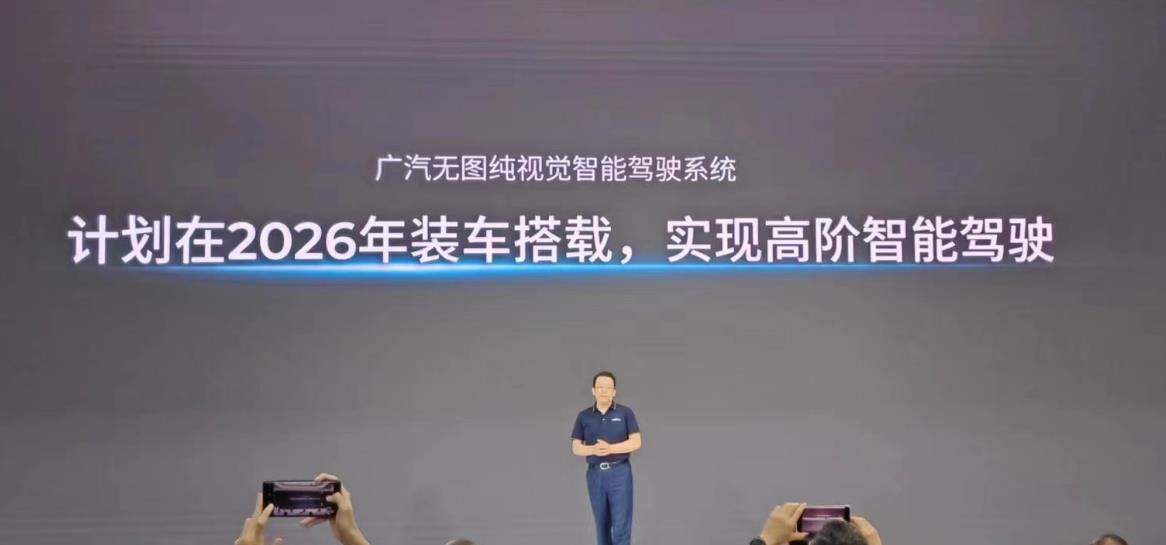
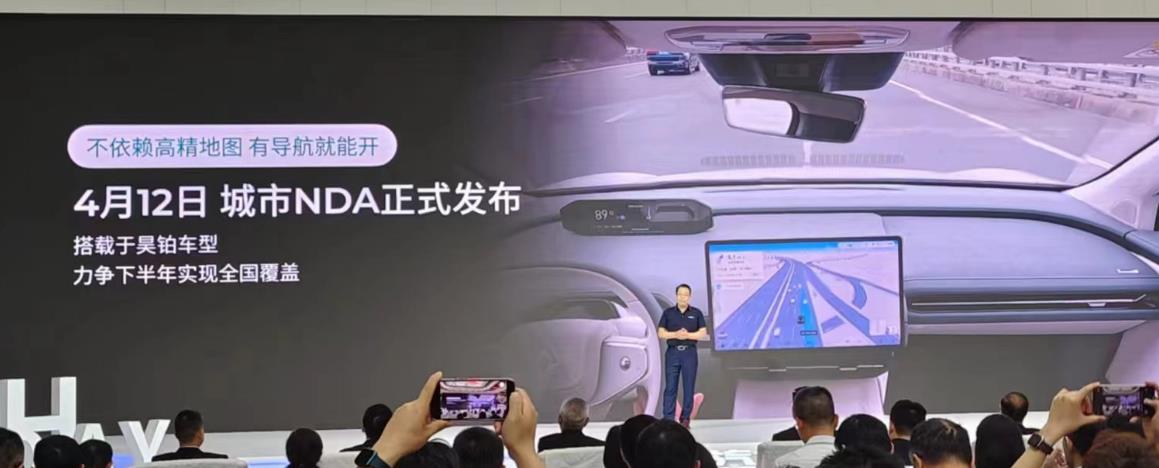
In the live demonstration, GAC demonstrated two automatic parking technologies. One is that in the scene of reversing into the warehouse on a broken road, after the driver selects the target parking space in the car, the car can automatically complete the reversing action, and the whole process does not need hands to operate. The other is remote parking, where vehicles can smoothly park in mechanical parking spaces. These demonstrations show the maturity of GAC in automatic parking technology.
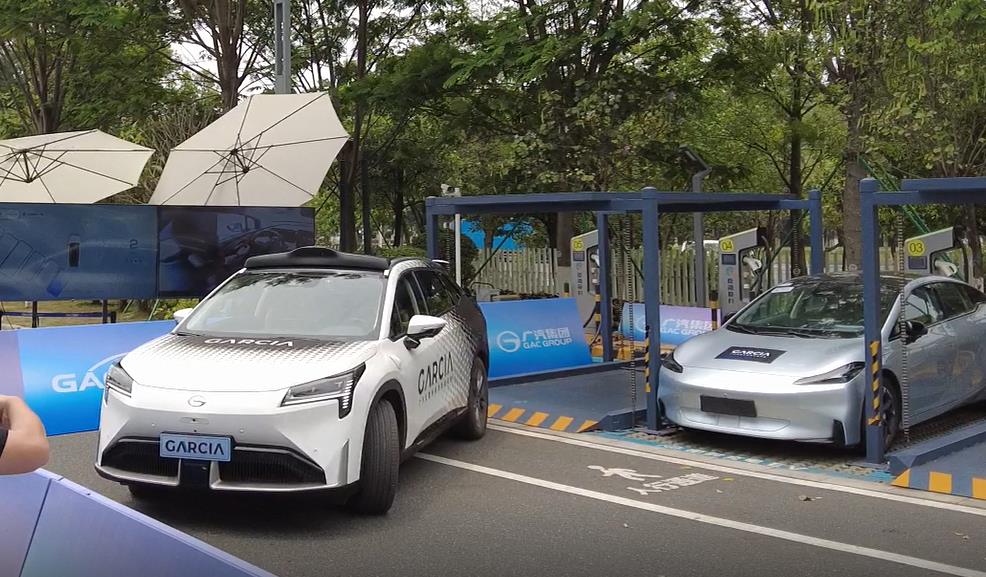
Guangzhou Automobile Group also announced that they have completed the research and development of 30Ah large-capacity all-solid-state battery, and it is expected that it will be first mounted on Haobo model in 2026.
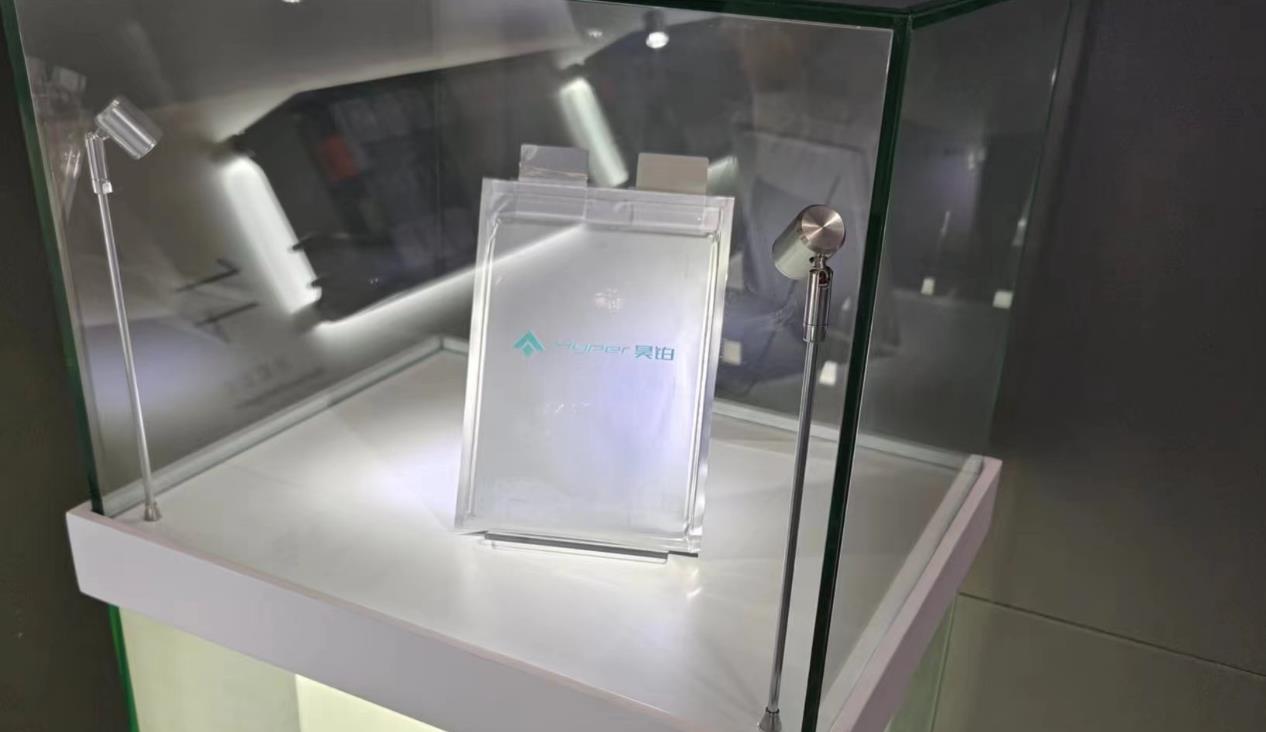
This battery uses 100% solid electrolyte, which has high energy density, high safety and wide temperature range.
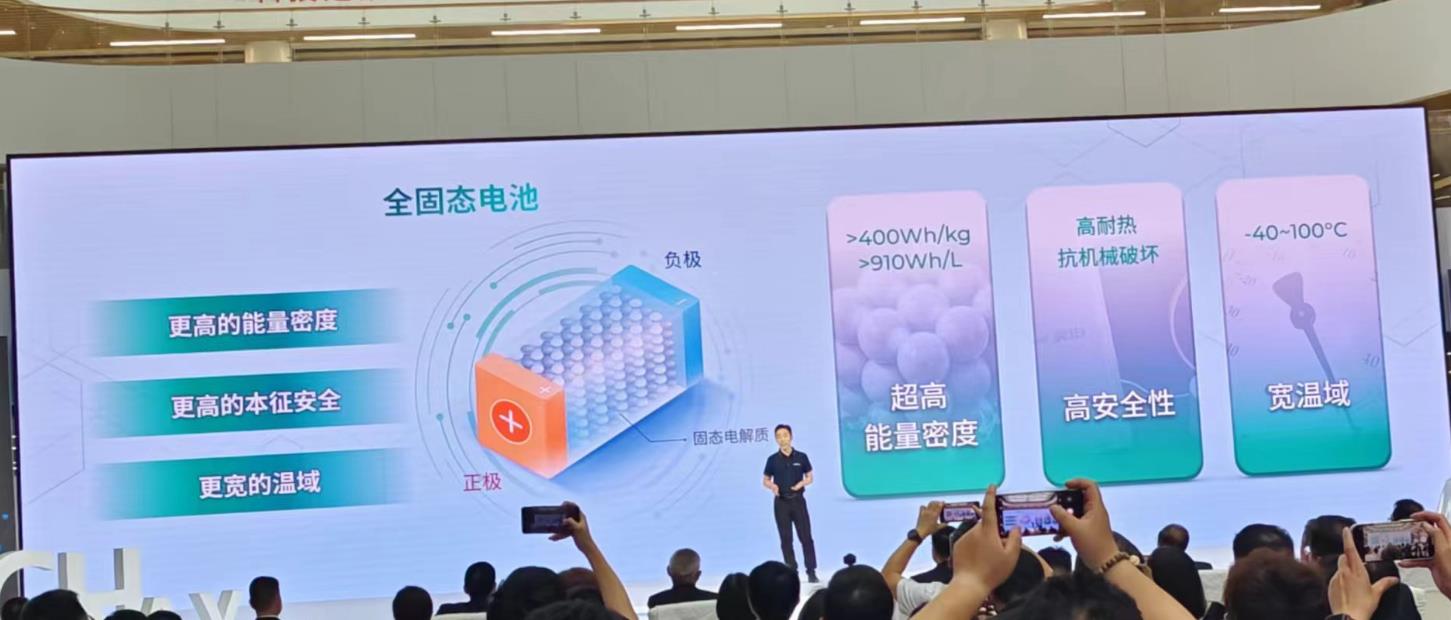
Thanks to the third generation sponge silicon anode and high surface capacity solid cathode technology, the energy density of the battery has reached more than 400Wh/kg. Compared with the existing liquid lithium-ion battery, the volume energy density has increased by 52%, and the mass energy density has increased by 50%, which can achieve a battery life of more than 1,000 kilometers.
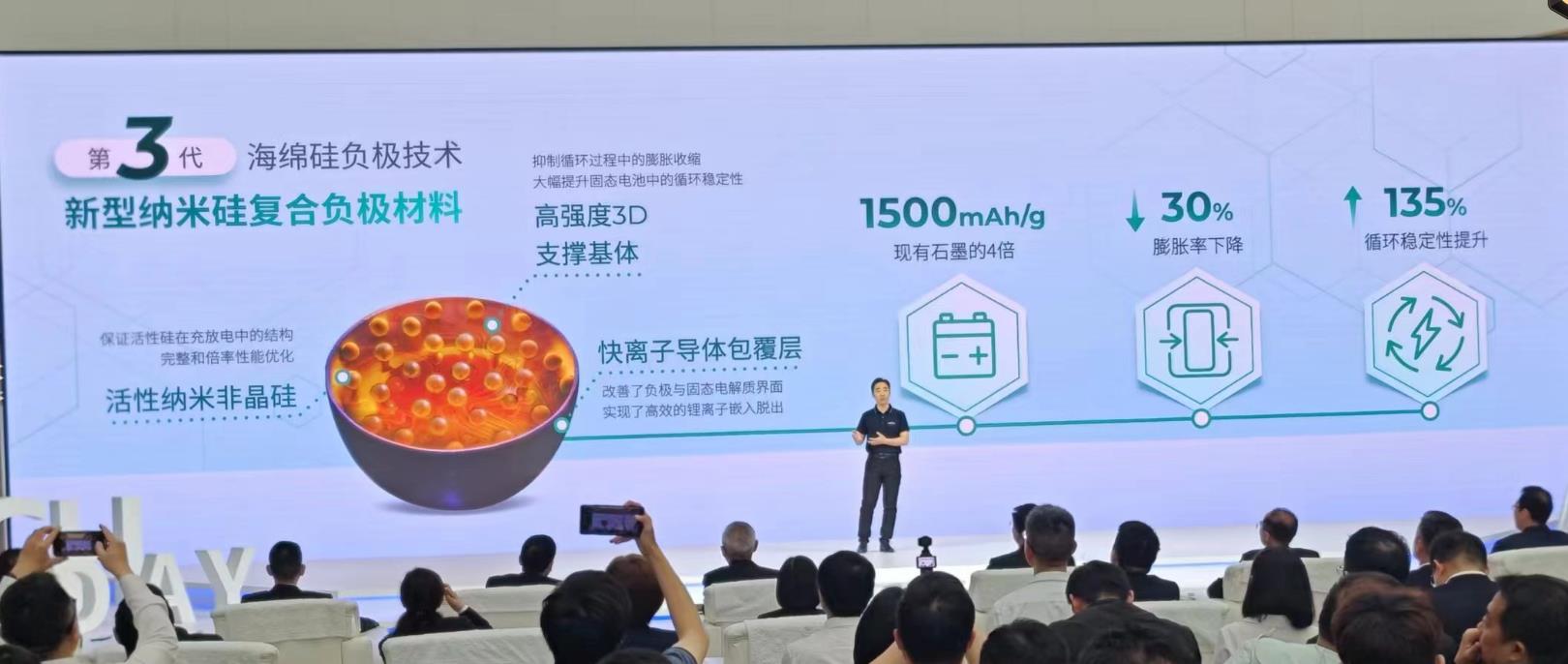
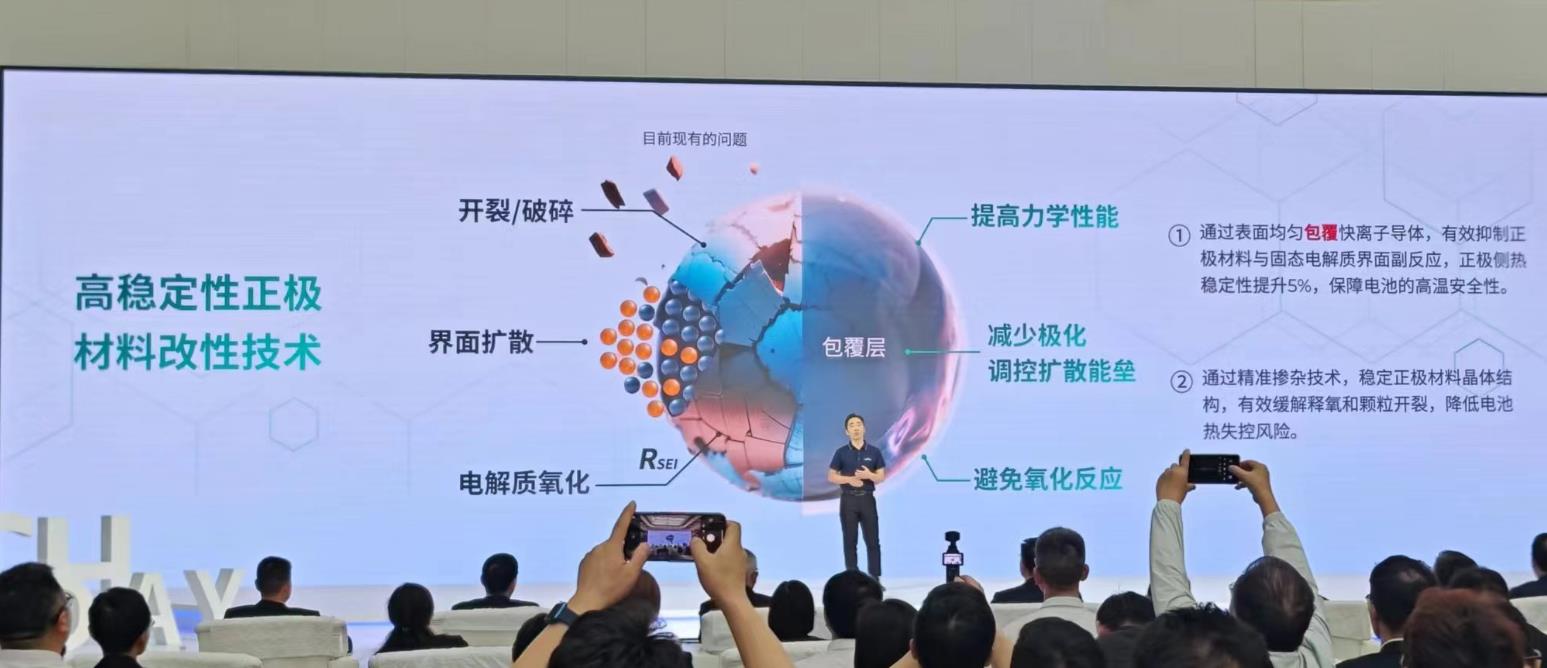
In addition, in terms of safety, this battery can withstand acupuncture and cutting without failure, and can withstand 200 degrees of high temperature.
On the Guangzhou Automobile Science and Technology Day, Qiji Automobile demonstrated the mass production prototypes "MLounge Qiji First Class" and "MBoard2.0 Qiji Core Intelligent Chassis" based on the new intelligent light business architecture iGLCA. IGLCA architecture includes universal core intelligent chassis (MBoard) and customizable core intelligent space (MSpace), aiming at solving the challenges of standardization and personalization of commercial vehicles, and improving vehicle development speed and module sharing rate. The architecture supports a variety of power structures such as pure electricity, extended range and hydrogen energy, and can derive 3.5-6 tons of LCV, light truck, light passenger and Van.
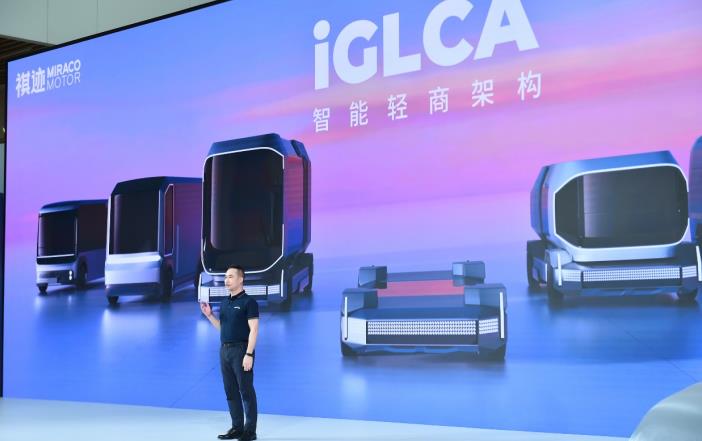
The first prototype of Qiji Automobile’s core smart space mass production, MLounge "Qiji First Class", is scheduled to be put into production this year. This model adopts MBoard 1.0 wire-controlled chassis and EEA architecture, which supports L2-level assisted driving and L4-level automatic driving, and the digital intelligent cabin can realize various scenes such as office and rest.
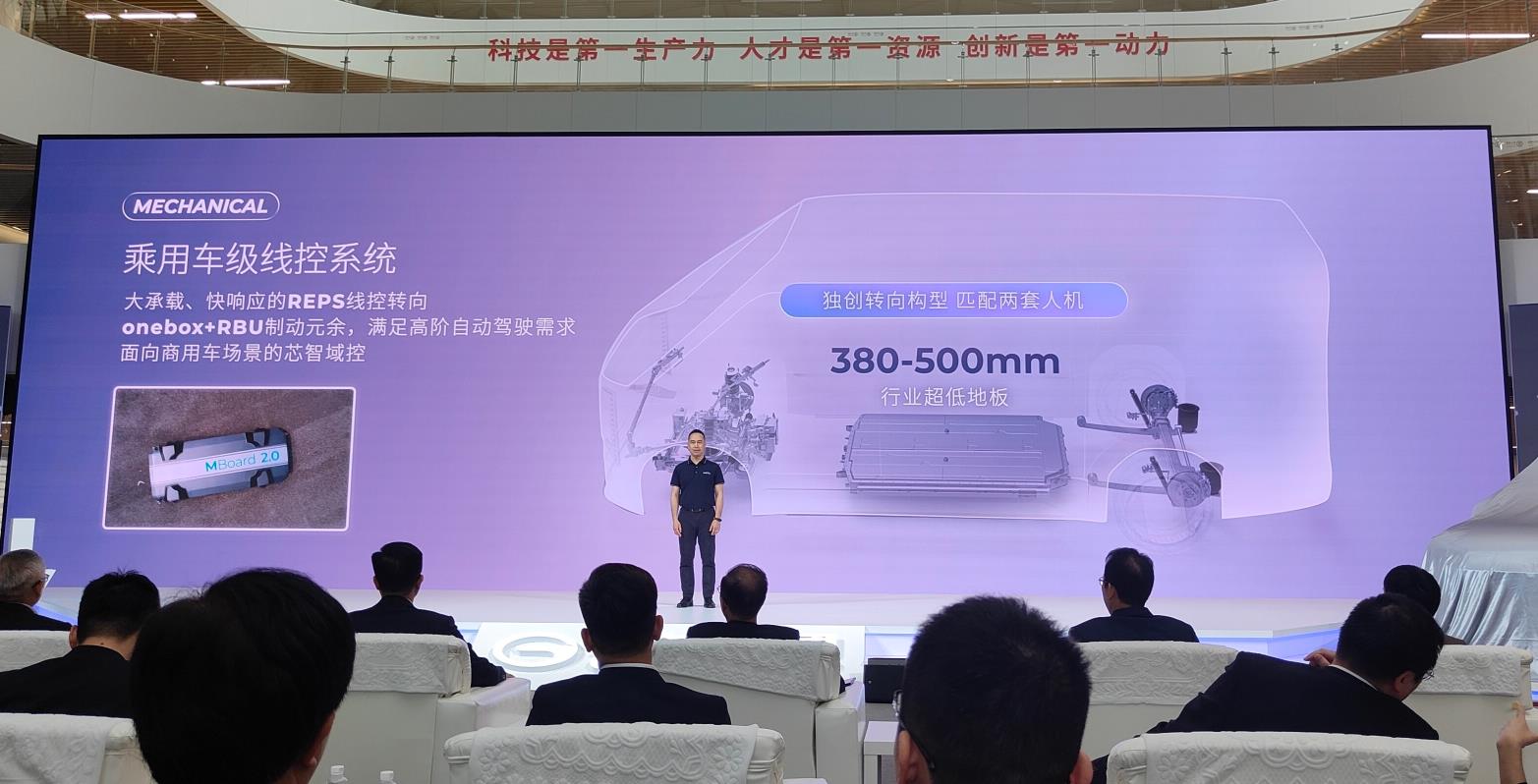
MBoard 2.0, a new generation of Core Intelligence Chassis, realizes the software-defined chassis (SDC) through distributed drive, global integration and fusion control, and the data-driven vehicle dynamics and energy management are self-iterative and digital twin self-evolution, thus realizing the operability of the chassis. Combined with plug-in cabin-driving separation technology, MBoard 2.0 can reduce the total operating cost of the vehicle and improve the efficiency of the transportation platform, and it is planned to realize small-scale mass production within two years.
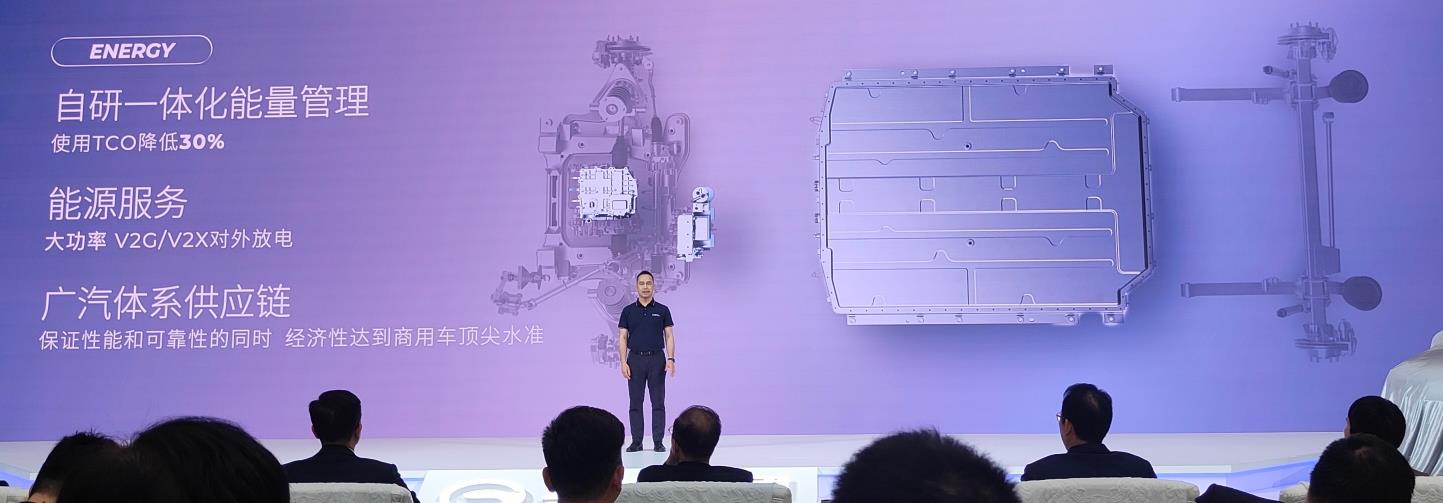
On the whole, after a comprehensive review of the development of new energy vehicles, it is not difficult to find that its pace of change is rapid and the competition is fierce. In this ever-changing industry, if enterprises lack forward-looking insight and strategic thinking, it will be difficult to stand on the high-speed development track. Guangzhou Automobile Group, as a pioneer in the field of new energy vehicles, knows this well. With strong scientific and technological strength and technical research and development reserves, Guangzhou Automobile Group actively creates a leading position with the foresight of surpassing the industry. With the gradual landing of these technologies, we expect Guangzhou Automobile Group to announce more innovative achievements for us in the future science and technology day and show its profound technical strength and market competitiveness.